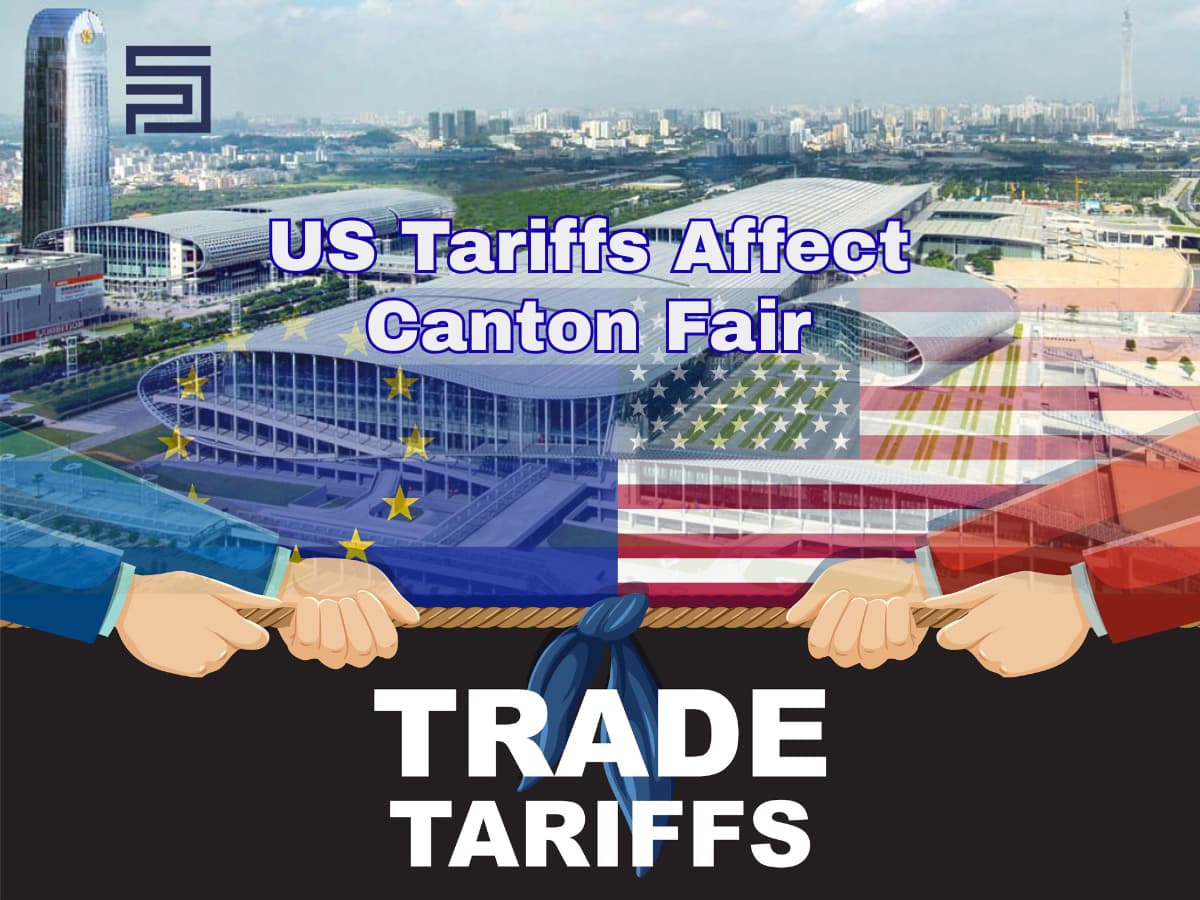In supply chain management, everyone keeps the production, distribution, delivery, customer satisfaction, and other major aspects at the top of their mind but neglected aspects like supply chain waste.
However, with the recent increase in customer demand, companies are beginning to see what these supply chain wastes are costing them and looking for ways to implement lean principles.
In this article, we explain how you can maintain a lean supply chain in your business to create maximum value for your customers and remain competitive.
Need help with identifying supply chain waste and efficiently eliminating it in your supply chain management system? Contact us today and let's analyse this together.
What Is Lean Supply Chain Management
This supply chain management concept seeks to minimise waste and maximise value creation throughout the supply chain process to streamline operations, reduce costs, and enhance customer satisfaction.
With the proper implementation of this framework, you can successfully deliver products from the point of production to the final customer in the most efficient manner with the least waste, thereby reducing lead time and enhancing supply chain resilience.
Shifting from traditional supply chain management to lean supply chain management makes the following possible:
Supply chain cost reduction.
Lead time reduction.
Customer satisfaction enhancement.
You get to develop a competitive edge while positioning yourself for growth.
Benefits Of Lean Supply Chain
1. Increased Efficiency:
All activities carried out to implement a lean manufacturing and supply chain lead to one thing: an efficient supply chain.
With a lean supply chain, you can identify and eliminate unnecessary or repetitive processes within the supply chain thereby enhancing efficiency and improving performance within the system.
2. Waste reduction:
The Lean supply chain focuses on eliminating all unnecessary waste within the system. This includes waste in the form of:
- Money and time,
- Unnecessary and excessive packaging,
- Leftover materials in factories,
- Damaged goods,
- Employees’ time wasted due to the system's general inefficiency,
- Inadequate route planning,
- Transportation emissions due to a poorly managed transportation and logistics system, and,
- Unnecessary supply chain processes or stages.
3. Cost reduction And Profit Maximisation:
As unnecessary processes are eliminated, resource waste will be reduced, processes will be streamlined, and overall operational costs will be reduced, thus maximising profit.
4. Improved Customer Satisfaction:
Having a lean supply chain also influences the communication process between you and your customers. This way, you can analyse their needs and align your processes to meet the demand and expectations of the customer, especially in the areas of order fulfilment, product packaging, and delivery time.
Products are manufactured to meet the customer needs and with a streamlined operational process, the products are delivered to the customer with a short lead time.
You can also analyse the data obtained from the customs to effectively plan and forecast customer demand and respond more quickly to changes in demand or market conditions, leading to better inventory management and reduced costs.
5. Improved Communication And Collaboration:
With improved technology in the system, businesses can communicate with every party involved in the industry promptly and transparently. Effective cooperation between manufacturers, sellers, and consumers will be enhanced by improved communication.
How To Implement And Maintain A Lean Supply Chain
The following steps will enable any company to keep their supply chain lean and optimised for maximum value:
1. Use the services of experts:
Many businesses today aim to save costs and maximise profit, hence why they prefer to handle the business's supply chain themselves. However, in most cases, they end up incurring more losses than necessary.
The first step toward achieving a lean supply chain in your business is to partner with an expert, like third-party logistics (3PL) partners, supply chain partners or procurement partners, who can guide your business in identifying supply chain waste, offer best practices to reduce all form of loss and provide valuable insights from their years of experience and expertise.
One place to find trusted experts to guide you in implementing and maintaining a lean supply chain while delivering constant value is Sara Procurement Services. Contact us today and let's optimise your supply chain together.
2. Identify Value and Waste:
Lean supply chain focuses on minimising waste and maximising value creation throughout the supply chain. Therefore, you need to identify the activities in your process that generate real value and those that are just a waste of resources.
With the help of our experts, you can visualise the flow of materials and information through your supply chain and classify all activities correctly.
After identifying this, you strategically eliminate all the waste and seek opportunities to create more value in the system. We discuss ways to do this in the following steps.
3. Incorporate The Use Of Technology Into Your Supply Chain:
Adopting supply chain technology and Artificial Intelligence (AI) in your processes can result in a high level of efficiency and reduction of waste.
From our experience in the supply chain industry, we have seen these tools to be more effective in areas such as:
- data collection and analysis,
- Real-time tracking of shipments,
- Process Automation,
- Communication,
- Information dissemination,
- Quality Inspection,
- Lead time reduction,
- Supply chain error reduction, and
- Order fulfilment.
The use of technology and AI in the supply chain has proven to be a highly effective step in implementing a lean supply chain, with 45% of companies crediting these technologies for reducing their supply chain costs.
4. Plan Accurately:
With the integration of technologies into the supply chain process, you have access to accurate data. This way, you can plan and forecast accurately, especially in areas like customer demand, stock level, supplier capacity, lead time, and other ideas that influence the supply chain.
This approach helps you better align your product to customers' demands and meet production and shipping schedules more effectively.
5. Optimise Your Internal Process:
To eliminate the waste you identified and create more value in your supply chain you need to optimise your internal process.
You need to look inward into your internal processes and functionalities to identify areas where errors and wastage occur often and then put measures in place to improve on them. You can do this by recruiting experts, using technologies and artificial intelligence and training your internal team to manage your supply chain better.
6. Enhance Your Inventory Management Efficiency:
Proper inventory management is another critical factor in maintaining a lean supply chain. By closely monitoring stock levels and incorporating automated inventory management processes, businesses can avoid overstocking or understocking, both of which are major sources of waste in the system.
7. Collaboration with other industry players:
No business is an island, and in some cases, there may be the need to collaborate with other industry players to get things done efficiently.
For example, collaboration with suppliers, Third-Party Logistics partners, procurement and supply chain partners allows for better communication and coordination throughout the supply chain network.
Work with SARA in Implementing a Lean Supply Chain
While optimising your supply chain cost and other aspects can be quite challenging due to the complexity and dynamic nature of supply chains, achieving this can bring many benefits, as discussed in the article.
Following the steps outlined in this article you can take your business steps forward in achieving this goal.
You can employ the help of an expert in our team here at SARA to accelerate your process and guide you to a lean supply chain.
Contact us today and let's discuss your process.
.png)





Comments
Please log in to leave a comment.